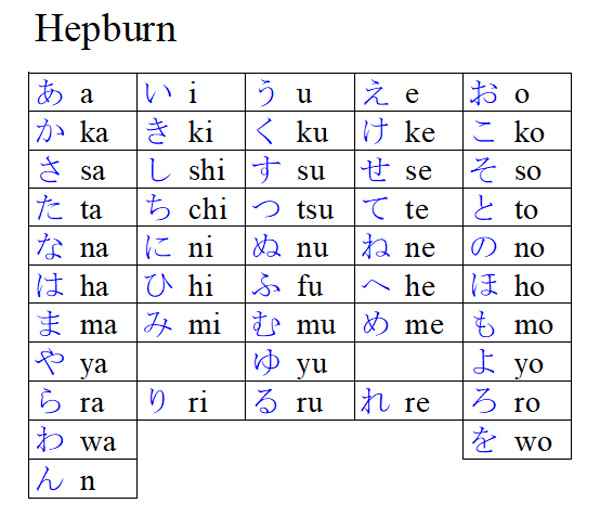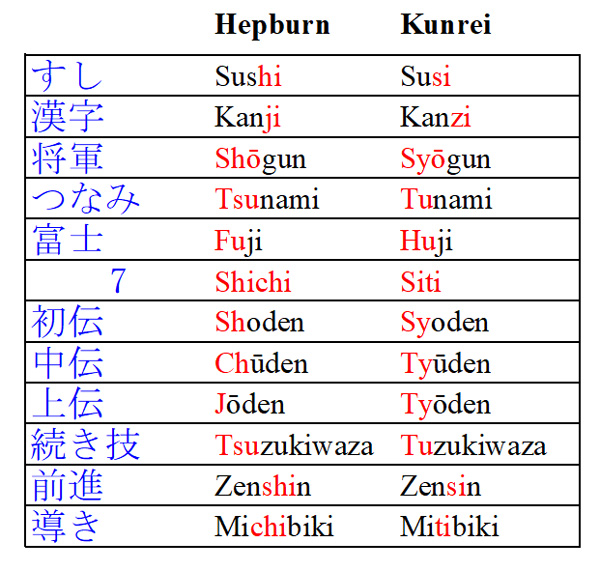In Aikido we use a lot of Japanese terms, especially for the names of techniques or for concepts that come from Japanese culture. To make them readable for people who have not learned Japanese, they are written in Latin characters. This is called transcription.
The pronunciation of Japanese words can be clearly represented with Hiragana or Katakana. These are the two Japanese syllabaries. So it is sufficient to create a list that shows the Latin characters for every syllable (mora). In the following, Hiragana is used as an example, for Katakana there is only a minimal difference.
Hepburn transcription
Already the first Westerners who came to Japan used their own transcriptions to avoid learning the Japanese characters. After the forced opening of Japan, the American doctor, missionary and linguist James C. Hepburn (1815-1911) worked in a Japanese government commission to standardize the transcription. The result is therefore often called the Hepburn system. The transcription is based on the pronunciation. It uses Italian pronunciation for the vowels and English pronunciation for the consonants.
The table shows the basic sounds. It is noticeable that in the s, t and h row the pronunciation deviates from the standard pattern. It's not si, ti and hu, but shi, chi and fu. In this way, the pronunciation is reproduced correctly.


